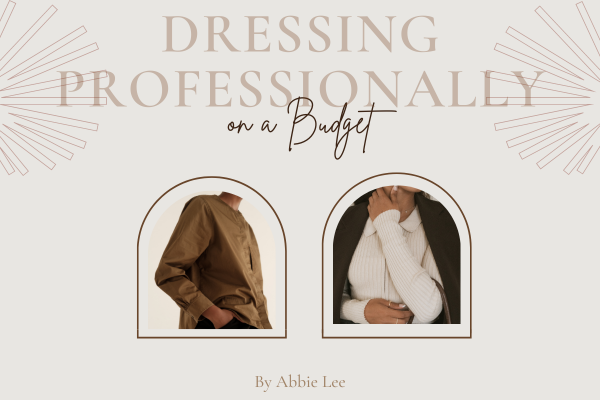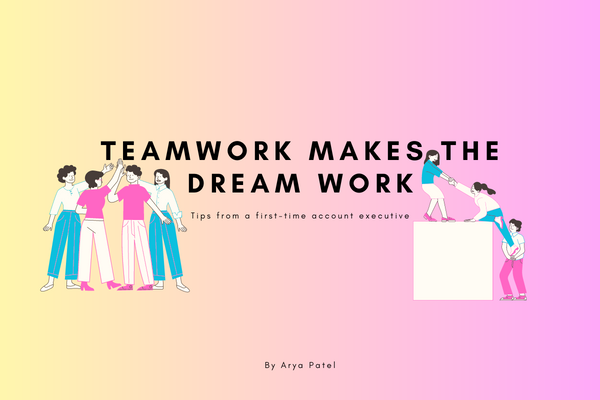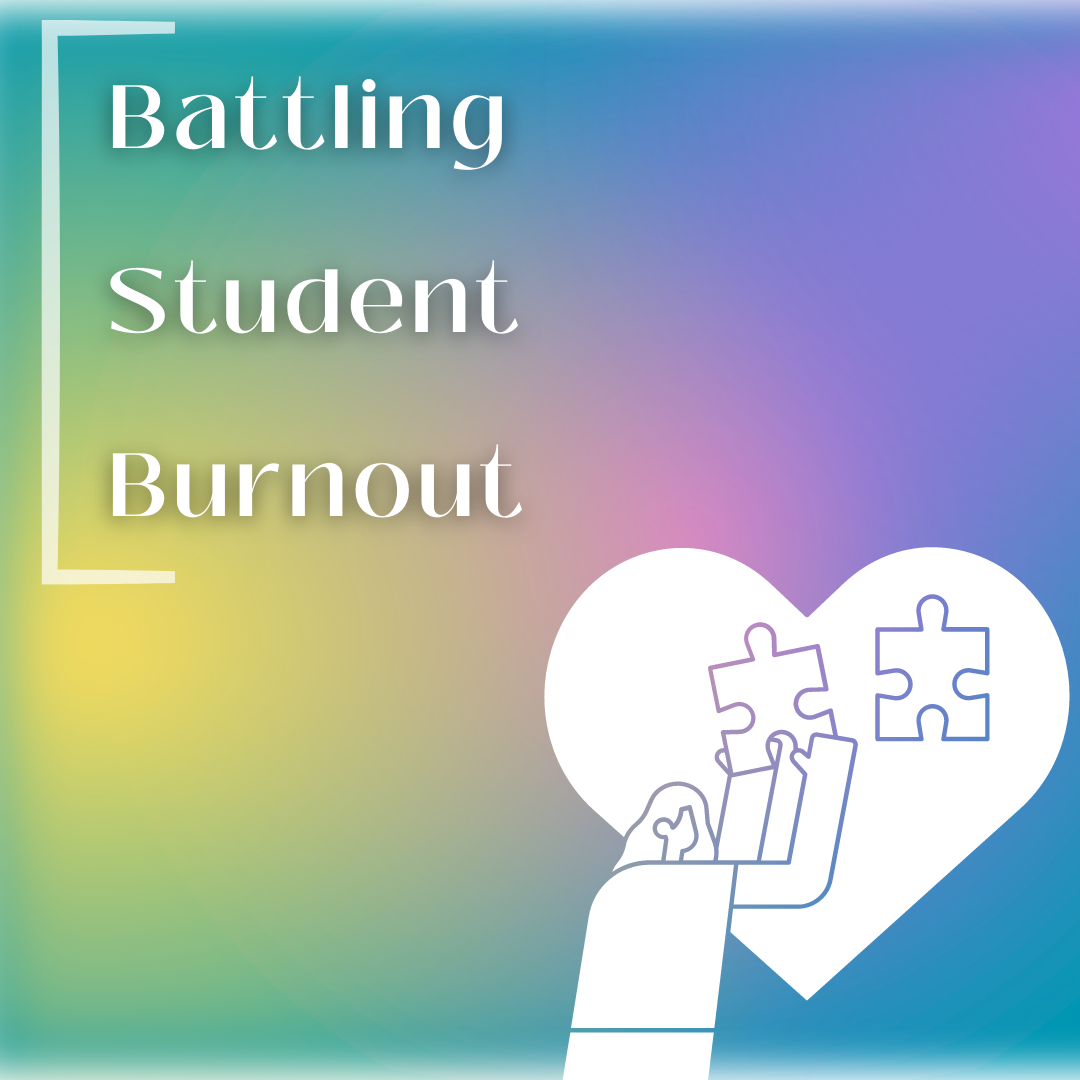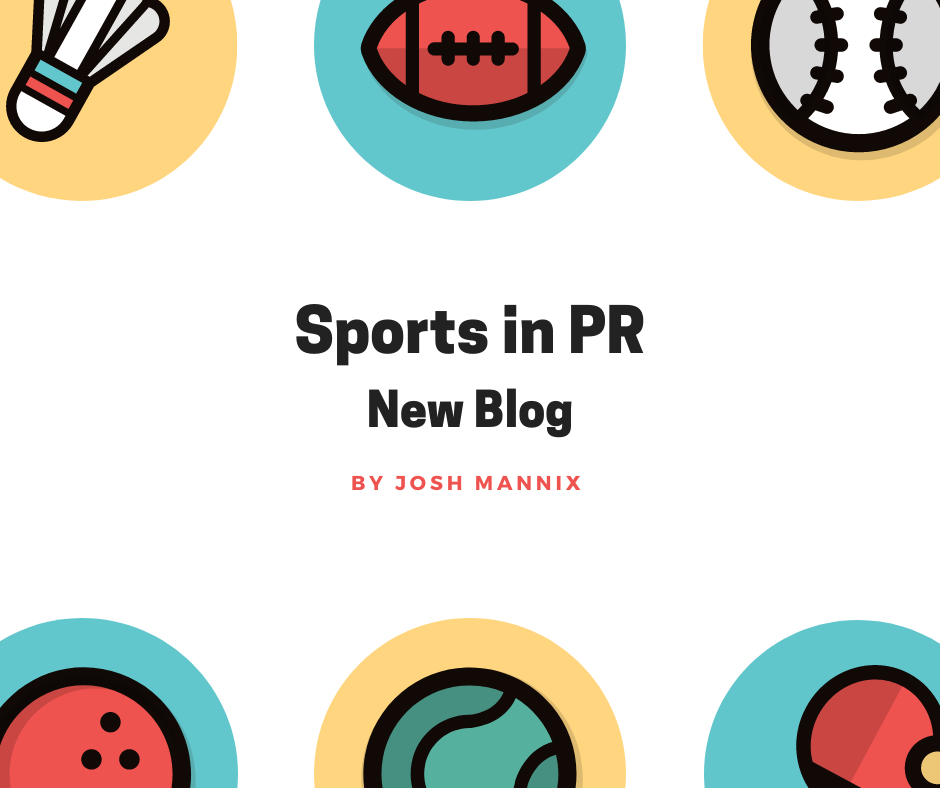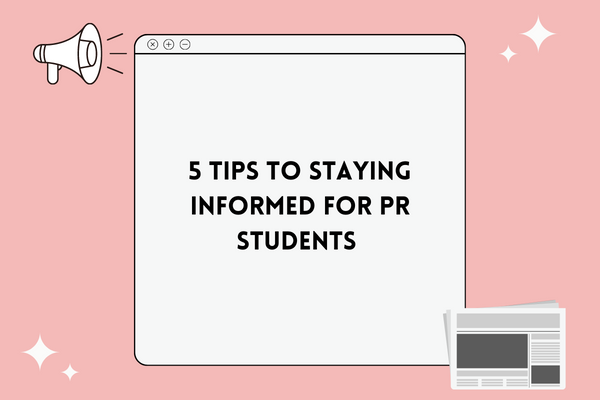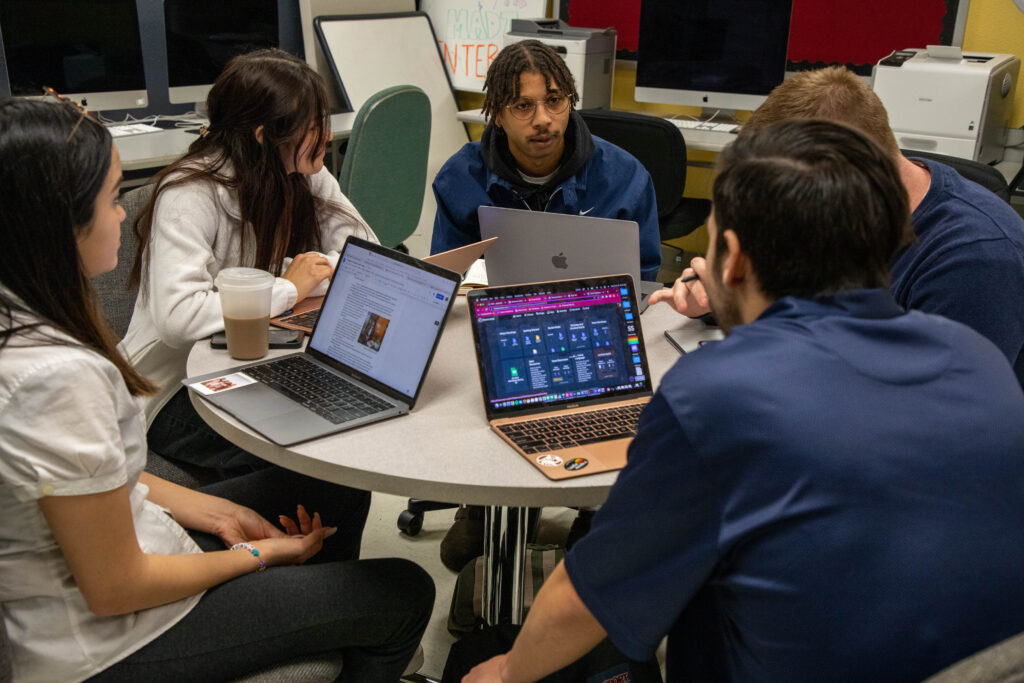Q+A with Jessica Delgado.
There’s one thing on a senior’s mind at all times: Graduation. The stress and anxiety connected with graduation makes me cringe at the thought of it. Constant thoughts and dreams of what life will look like after graduation makes everything so uncertain.
I sat down with Jessica Delgado, TGC alumni 2023. She currently works at The Hoyt Group in Los Angeles, California as an Account Coordinator. Delgado helped ease my nerves and thoughts about graduation; it is amazing to see how well she has adjusted to life post-grad.
Tell us a little about yourself, how’s life in general post college?
Post-grad life has definitely had all the ups and downs. I feel so grateful to have had such a great four years in college but at times I miss it so much. Being almost four months out, at times I feel like I should be going back to school, but it is so rewarding being in a new city and seeing all the opportunities I have. I love challenges and trying new things, so being in Los Angeles now has been the perfect fit for me.
What is one tip you have for a graduating senior?
“So cliche, but have as much fun as you can!!! And don’t stress the little things because a year from now they won’t mean a thing.”
How has TGC helped you in your current job today? What are some things you are working on right now?
“Being able to help small projects from the ground up. One of our buildings is remodeling their rooftop decks and we are expecting it to finish by the end of September. With that we are wanting to do a reopening of the deck, so we are planning a party. We want media coverage for this event as we have a list of “foodie influencers” coming. I am also working alongside a PR firm to help build a media list of news outlets that will hopefully reach a lot of people so we can have a big turnout.”
What is your current job and what are some examples of tasks you have to complete?
“My current job is working for an architecture/project development firm. I do all the social media and marketing for our buildings. I work super close with our VP who manages all the construction and remodeling of our buildings to make sure they are staying close to the deadlines we need them done by.”
What is something you miss from Chico or wish you took more advantage of?
“I miss all the nature Chico has! If I want to go on a hike I have to drive at least 30 minutes through traffic, find parking, and at that point the desire fades as I am too tired to do the hike.”
How do you stay organized, avoid burnout, and keep your mental health in check?
“Calendar management is something I have perfected and rely heavily on. If I don’t jot down everything for the week, I am a total mess.
I love to also look ahead and plan so I am not overlapping meetings or missing deadlines.
I love finding new places to go whether that is a coffee shop, restaurant or beach. Malibu is 20 minutes from my house and I always find time during the week to go sit on the beach, reflect, listen to a podcast, or simply just sit in silence.”
I know you aren’t working directly in PR, so what are some similarities and differences in your job?
“Some similarities are meeting deadlines, lots of pitching, writing, and content creation.
Some differences are that I read and research our clients. I read their leases to know what we are getting out of the partnership as well as what they expect of us.”
What is one tool that has helped you secure your job?
“One tool that helped me secure my job was through connections. I think it is so important to make relationships with anyone – even if you don’t think that person is going to be helpful in your future at all. People you meet, you meet for a reason.You never know if they know anyone that works at a big PR firm or a company that you could potentially apply to in the future.”
Do you have any advice for current staffers/ future staffers?
“Your experience being in TGC is going to help you immensely. I cannot tell you how many times I have heard from recruiters/hiring managers how impressive my resume is just from being in TGC.
Use Linkedin to connect and stay on top of what companies are hiring. Look into all the titles a company has and see what exactly all the roles of each job title entail. This will help when figuring out what job you see yourself wanting to do.
Keep track of all your work! Employers love seeing what you have done in the past to see if you are a perfect candidate.
It is perfectly okay to look for other jobs and take interviews. Becoming comfortable with being able to talk about yourself is eventually going to help you land your dream job.”




